Plastic Bending of Portals Apparatus
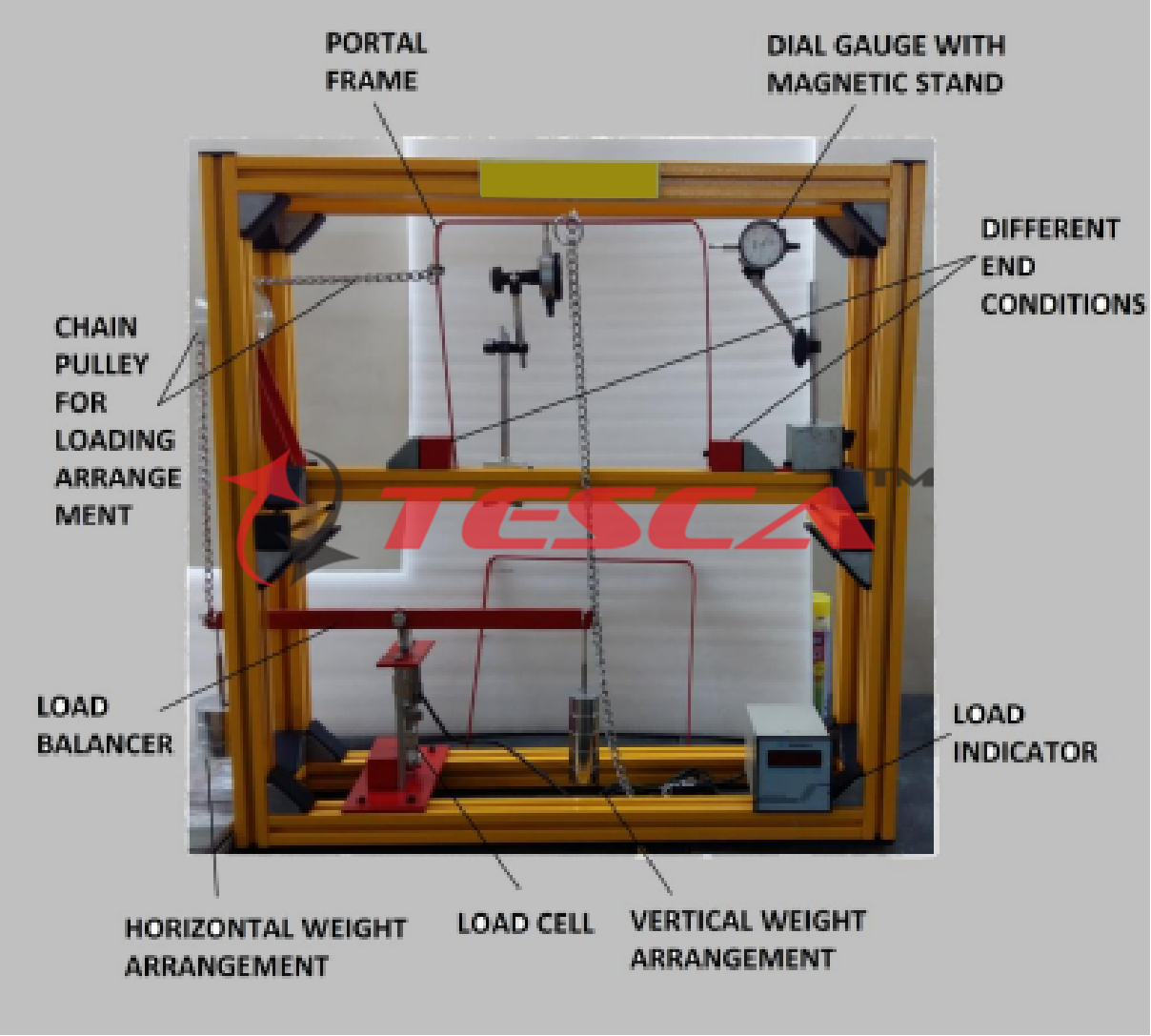
Order Code: 32185
Category: Strength of Materials Lab
Features Two portal frames (pitched and rectangular) are mounted within two “ground” supports, in either a pinned or fixed condition. A proportioning bar is held horizontally by loading chains that run to the portal frame and to the scre...
SPECIFICATION
Features
Two portal frames (pitched and rectangular) are mounted within two “ground” supports, in either a pinned or fixed condition. A proportioning bar is held horizontally by loading chains that run to the portal frame and to the screw-jack loading mechanism (with integral load cell). Depending on the position of the loading mechanism on the proportioning bar depends on the extent of the load being applied either horizontally or vertically.
The load applied is measured using the load cell in the loading mechanism. Two moveable dial gauges are used to monitor the deflections into the plastic range of deformation of the portal. Additional portal sets are available as an optional extra.
A comprehensive instruction manual for lecturer and student, giving full details on apparatus assembly and operation as well as example results. All necessary assembly and operational tools are provided.
Specifications
Studies the collapse mechanism of a portal frame when subjected to simultaneous horizontal and vertical loading;calculating and verifying position of greatest bending moment where plastic hinge is likely to form The apparatus consists of the test portals, two ground foundations, loading pulley, loading cords, proportioning beam, screw jack loading mechanism and deflection measuring instruments
The ground foundations provide for pinned or fixed supports.
Two different shaped portal frames supplied, both typically made from 13x3mm black mild steel and with a span of 300mm
Screw jack mechanism with integral load cell
Comprehensive technical manual for student and lecturer and text book provided
Rectangular portal frames, 5 nos.
Symmetrical gable (Pitched) portal frame, 5 nos.
Universal Frame and Stand provided
Comprehensive instruction manual provided
Experiment Possibilities
Verifies that hinges occur at positions of greatest bending moment
Studies the change in the collapse mechanism as the ratio of horizontal to vertical load is varied
Determines the increase in collapse load as the degree of redundancy increases

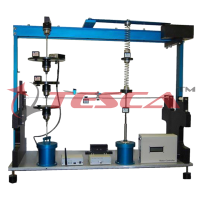

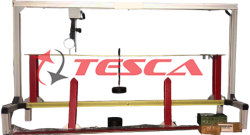
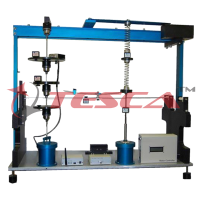
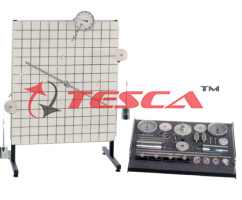
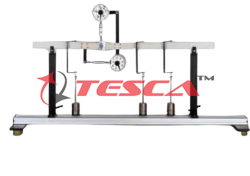
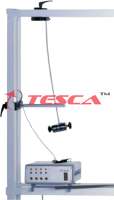
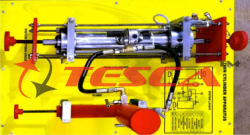
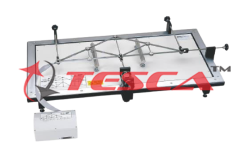

 91-9829132777
91-9829132777